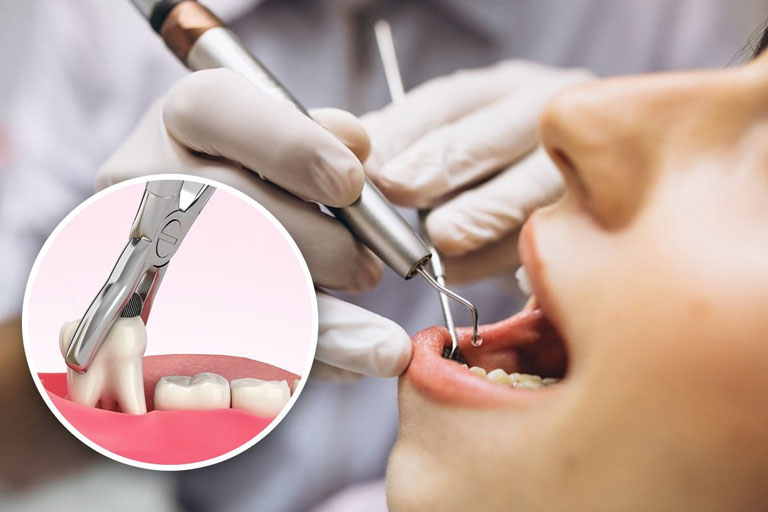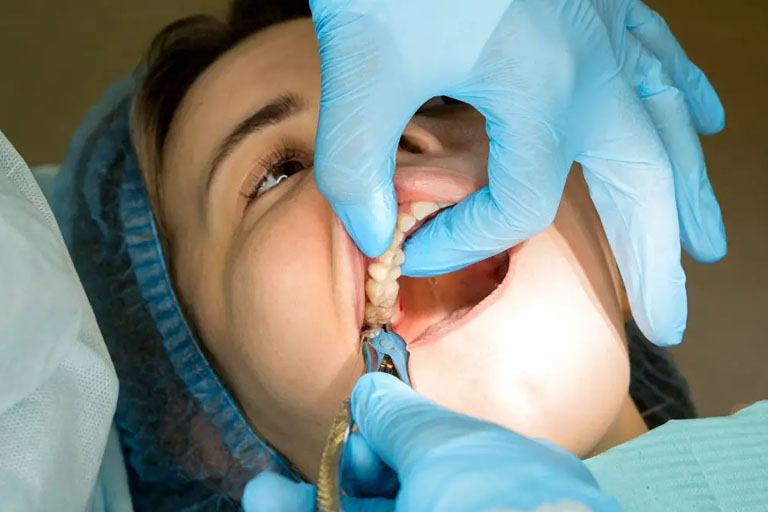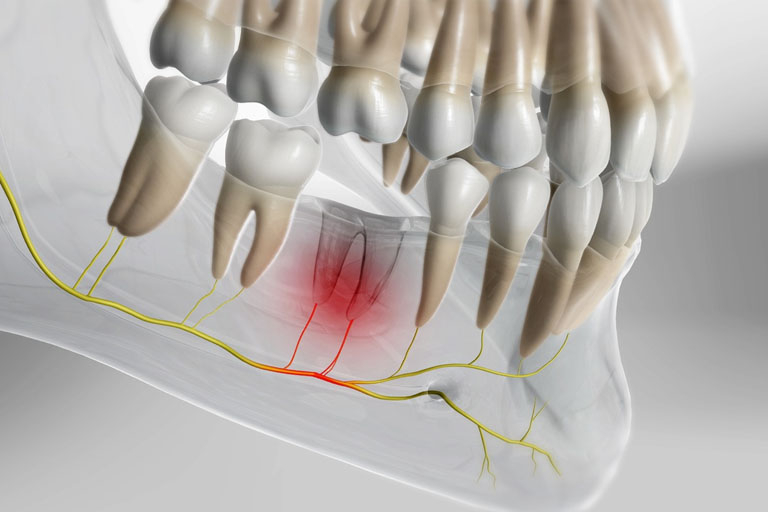Wisdom Tooth
Wisdom Tooth
During the late teenage or early twenties, most individuals experience the emergence of wisdom teeth. These teeth, situated at the posterior end of the mouth, consist of four molars – two at the top and two at the bottom. Also known as “third molars” or “18-year-old molars”, wisdom teeth are the last set of adult teeth to appear. While some people may not have wisdom teeth or may only have a few, it is a normal occurrence and is influenced by genetics. Although some individuals may have an uneventful experience with the eruption of wisdom teeth, others may experience pain and infection, which may necessitate removal of the teeth. If you are experiencing any issues with your wisdom teeth, please come visit us at and our dental professionals are available to assist you.
Dental x-rays can be used to keep track of the development of wisdom teeth in young people.

Post Surgery Recovery

Dry Socket
After the removal of any tooth, there is a possibility of a complication known as dry socket. During tooth extraction, a blood clot forms at the extraction site to protect the nerve endings and bones. If this clot is not formed or gets dislodged later on, it can lead to dry socket. The symptoms of dry socket, which generally occur within 1 to 3 days after wisdom teeth removal, include severe pain that does not subside with medication, pain radiating on the same side of the face as the extraction, bad taste or odour in the mouth, and visible bone.
In case you are facing these symptoms, it is highly recommended to immediately get in touch with your dentist. A dry socket can accumulate food and other particles, leading to an infection. Our team will be available to respond to any queries you may have during your recovery period. Do not hesitate to reach out to us for any assistance.
